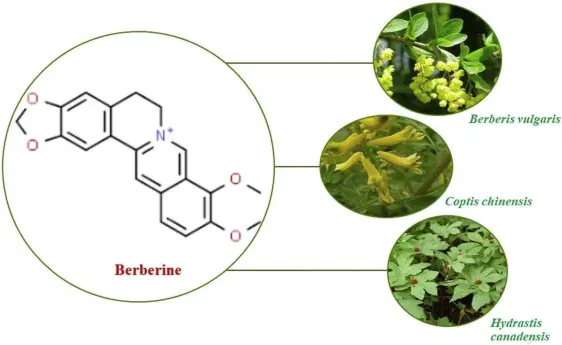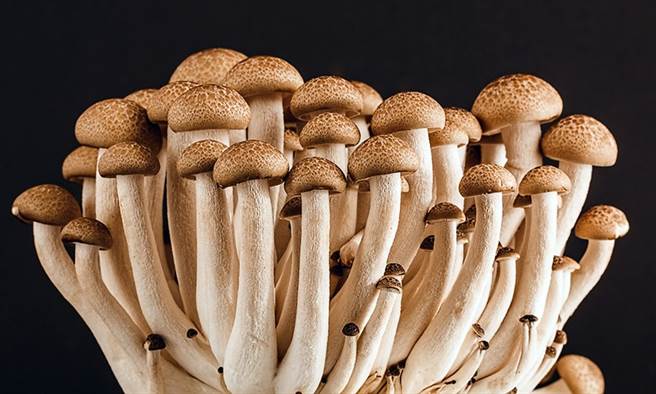New CoQ10 Rice Variety Developed by Chen Xiaoya’s Team in Cell
On February 14, 2025, a research team led by Academician Chen Xiaoya from the Molecular Plant Science Excellence Center of the Chinese Academy of Sciences and collaborators from the Institute of Genetics and Developmental Biology, published a groundbreaking research paper in the renowned journal Cell. The paper, titled “Design of CoQ10 Crops Based on Evolutionary History”, unveils a novel approach to enhancing crop quality by engineering rice to produce Coenzyme Q10 (CoQ10), a vital compound for human health. This research represents a significant milestone in crop biotechnology, with applications that could revolutionize how we approach nutrition and sustainable farming.

1. The Importance of CoQ10 for Human Health
Coenzyme Q10 (CoQ10) plays a crucial role in human health, particularly in heart health. As an essential component of the mitochondrial respiratory chain, it facilitates electron transfer and acts as a fat-soluble antioxidant. Human bodies naturally synthesize CoQ10, but the compound’s side-chain length varies by species. Humans produce CoQ10 with a side chain made of 10 isoprene units (C50), while crops like rice and various vegetables predominantly produce CoQ9, which has nine isoprene units (C45).
By creating crops that synthesize CoQ10, scientists can significantly enhance the nutritional value of plant-based foods in an environmentally friendly way. This innovation has the potential to offer a high-quality, cost-effective nutritional boost, especially for populations with limited access to animal-based CoQ10 sources.

2. Research Approach and Innovations
The team conducted a detailed analysis of the evolutionary history of CoQ in terrestrial plants, studying a diverse range of 134 species from 67 plant families, including mosses, ferns, conifers, and angiosperms. This work, made possible by the abundant plant resources at the Chenshan Botanical Garden, revealed that CoQ10 was a characteristic of ancestral angiosperms. While many plants still synthesize CoQ10, grasses (Poaceae), daisy families (Asteraceae), and cucurbits (Cucurbitaceae) predominantly produce CoQ9.
In order to precisely manipulate crop traits and improve nutritional quality, the researchers utilized a combination of evolutionary analysis and machine learning to pinpoint five amino acid sites within the Coq1 enzyme responsible for determining the side-chain length of CoQ. With this knowledge, they used gene-editing technology to create rice plants that synthesize CoQ10 in both leaves and grains. These edited rice plants contain 75% CoQ10 in their total CoQ content, with levels of CoQ10 in the grains reaching 5 μg/g. Importantly, the gene editing did not impact the rice yield, indicating the process’s potential for large-scale agricultural applications.
3. Implications for Crop Engineering and Nutrition
The success of this gene-edited CoQ10 rice not only offers a new food source of CoQ10 but also sets a precedent for data-driven, AI-assisted crop breeding. The research demonstrates the efficiency of gene-editing technologies in creating crops with enhanced nutritional content, without introducing foreign genes or disrupting genetic stability. These advancements pave the way for the next generation of crops tailored to human health and sustainability.
This achievement could significantly impact food security, especially in areas where access to animal-based CoQ10 is limited. Additionally, the findings may stimulate further research into using biotechnology to enhance other essential nutrients in crops.

4. Future Directions and Broader Applications
The creation of CoQ10 rice is a major step forward in crop biotechnology, and its success could extend to other important crops like wheat. This innovation not only contributes to improving human health but also supports global efforts in sustainable agriculture by reducing reliance on animal-derived products. As the technology advances, further enhancements in food quality and nutrition can be expected, contributing to a more equitable and health-conscious global food system.
Conclusion
The research led by Academician Chen Xiaoya marks a significant breakthrough in crop biotechnology, demonstrating that gene editing can improve the nutritional content of staple crops. The successful development of CoQ10-producing rice represents a major step in creating more nutritious plant-based foods while maintaining agricultural sustainability. This innovation could have far-reaching implications for nutrition and healthcare, particularly in regions facing nutritional deficiencies.










